Medieval Marvels: A Journey Through History
Join us for a free walking tour that uncovers the medieval gems of Paris, showcasing stunning architecture and rich historical tales along the way.
Time
3 Hours
Stops
9 Places
Distance
3.4 km
Hôtel de Ville
The Hôtel de Ville is the city hall of Paris, showcasing stunning Neo-Renaissance architecture and serving as the administrative center of the city since 1357.
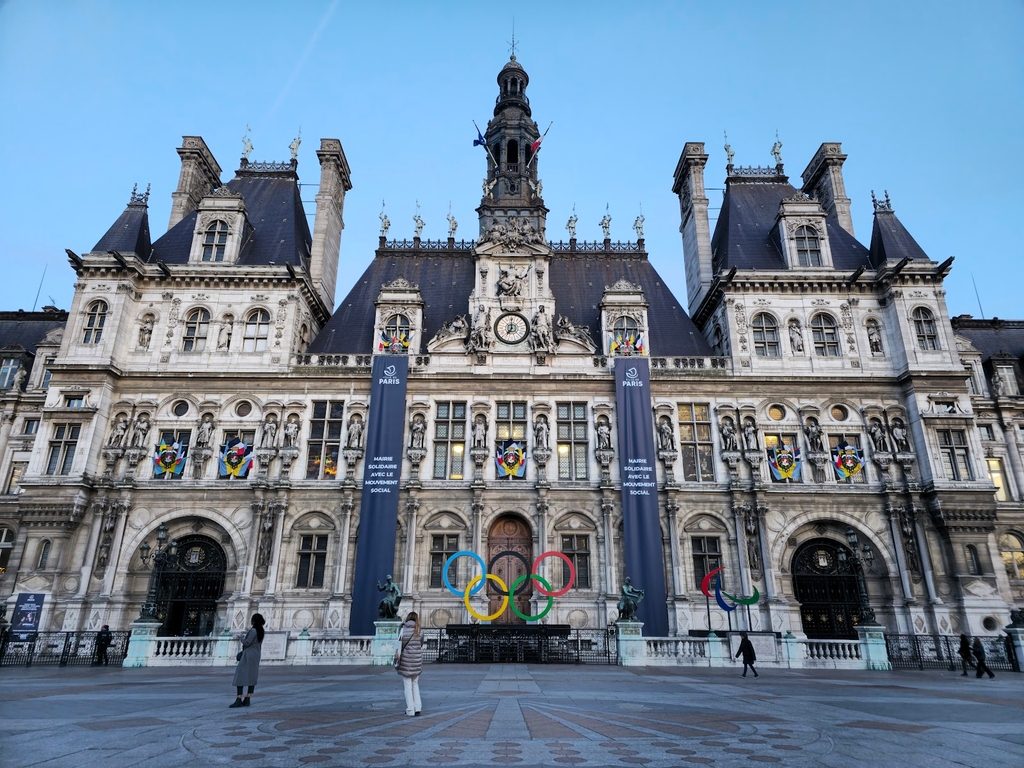
Hôtel de Ville (Source: Google Maps)
The Hôtel de Ville, or City Hall of Paris, is a grand structure that exemplifies Neo-Renaissance architecture. Constructed in the late 19th century, it replaced the original medieval building that dated back to 1357. This iconic building has been the administrative heart of Paris for centuries and is known for its stunning façade adorned with intricate sculptures and decorative elements. The Hôtel de Ville has witnessed significant events in Paris's history, including revolutions and celebrations. Its grand halls and chambers are open to the public for guided tours, allowing visitors to appreciate its historical significance and architectural beauty.
Tour Saint-Jacques Garden
A small, peaceful garden surrounding the Saint-Jacques Tower, perfect for a brief respite and reflection on the medieval history of the area.
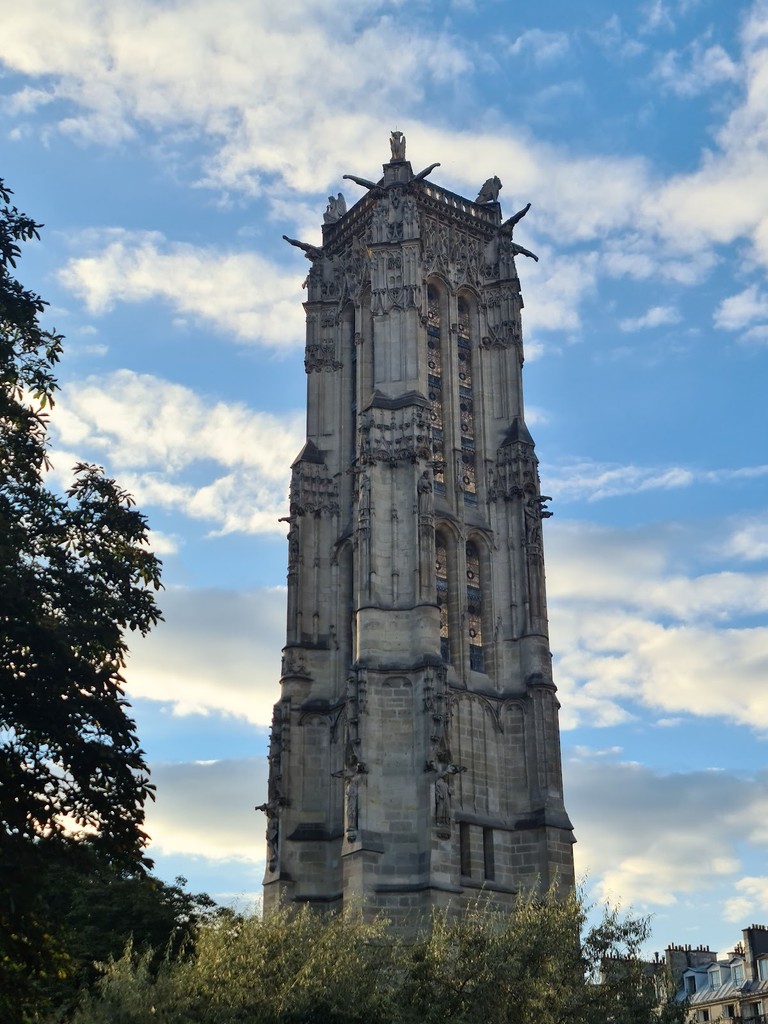
Tour Saint-Jacques Garden (Source: Google Maps)
The Tour Saint-Jacques, a Gothic tower, stands as a solitary reminder of the Church of Saint-Jacques-de-la-Boucherie, which was demolished during the French Revolution. The nearby garden offers a tranquil space, surrounded by beautiful landscaping that reflects the medieval history of the area. The tower itself, completed in the 16th century, is notable for its intricate stone carvings and serves as a stunning example of late Gothic architecture. It was once a crucial pilgrimage site, marking the starting point of the Camino de Santiago. Today, the garden and tower are beloved by locals and tourists alike, providing a serene escape in the bustling city.
Saint-Jacques Tower
This Gothic tower is a remnant of the Church of Saint-Jacques-de-la-Boucherie, offering a glimpse into the medieval past of Paris.

Saint-Jacques Tower (Source: Google Maps)
The Saint-Jacques Tower, a remarkable Gothic structure, is one of the few remnants of the Church of Saint-Jacques-de-la-Boucherie, which stood from the late 12th century until its destruction in the 18th century. The tower, completed in 1523, reaches a height of 52 meters and features intricate stone carvings, statues, and gargoyles that showcase the craftsmanship of the era. It was originally part of a church that served as a pilgrimage site for those traveling to Santiago de Compostela. The tower is not only an architectural marvel but also a symbol of Paris's medieval past, offering insights into the city's religious and cultural history.
Palais Royal
Originally a royal palace, the Palais Royal is now home to serene gardens and historic arcades, reflecting the grandeur of French history.

Palais Royal (Source: Google Maps)
The Palais Royal, originally built as a royal residence in the 17th century, is now a historic site that reflects the grandeur of French architecture and culture. Its beautifully landscaped gardens and elegant arcades are a peaceful retreat in the heart of Paris. The palace has witnessed significant historical events, including the French Revolution, when it became a hub for revolutionary activity. The architecture showcases the classical style of the period, with impressive colonnades and courtyards. Today, the Palais Royal is home to various cultural institutions, shops, and restaurants, making it a vibrant part of Paris's artistic and social life.
Louvre Museum (Cour Carrée)
While not medieval, the Louvre's Cour Carrée offers impressive Renaissance architecture and a connection to French history as a former royal palace.
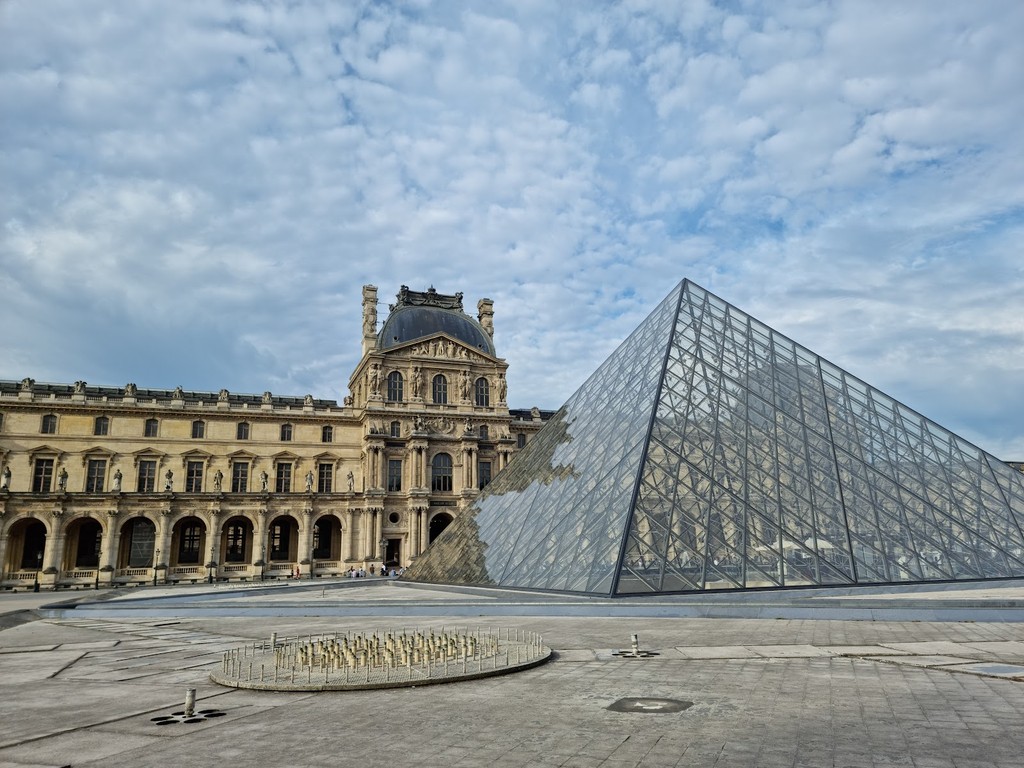
Louvre Museum (Cour Carrée) (Source: Google Maps)
The Cour Carrée of the Louvre Museum is a stunning example of Renaissance architecture, reflecting the evolution of the Louvre from a medieval fortress to a royal palace. The courtyard is framed by elegant façades that showcase intricate detailing and symmetry, characteristic of Renaissance design. Originally built in the 12th century, the Louvre has undergone numerous renovations, with the Cour Carrée being a pivotal part of its transformation. The museum houses an extensive collection of art, including masterpieces from various eras, making it a cultural landmark. The juxtaposition of its medieval origins and Renaissance enhancements offers visitors a unique perspective on the history of French art and architecture.
Saint-Germain l'Auxerrois Church
Known for its beautiful medieval architecture, this church was once the parish of the kings of France, located right across from the Louvre.
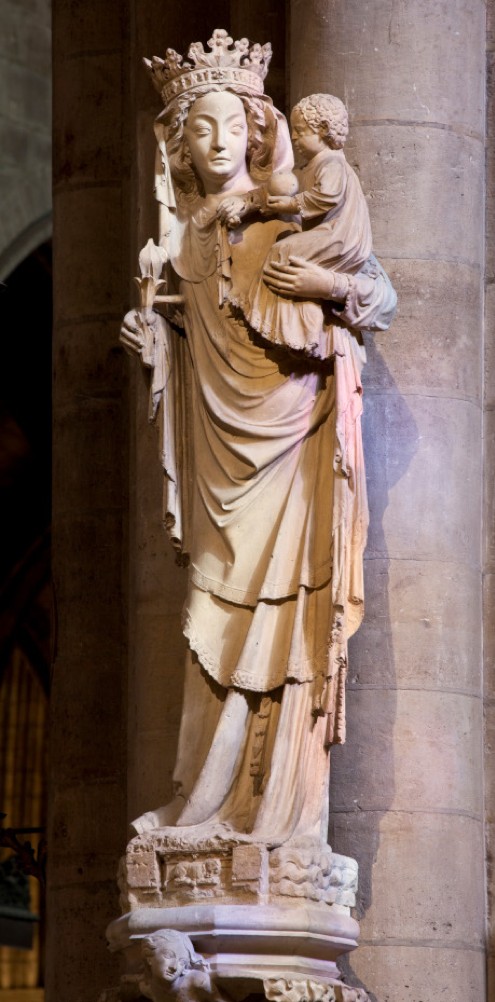
Saint-Germain l'Auxerrois Church (Source: Google Maps)
Saint-Germain l'Auxerrois Church, located near the Louvre, is a prime example of medieval architecture in Paris. Dating back to the 7th century, the church has undergone several renovations, with its current Gothic façade completed in the 15th century. It was once the parish church of the French royal family, adding to its historical significance. The church features stunning stained glass windows, intricate stone carvings, and a beautiful bell tower that stands as a landmark in the area. Its interior is equally impressive, showcasing a blend of Romanesque and Gothic styles. The church has played a vital role in Paris's religious history and continues to be a site of worship and cultural events.
Conciergerie
Part of the former royal palace and later a revolutionary prison, the Conciergerie offers insights into both medieval and revolutionary Paris.
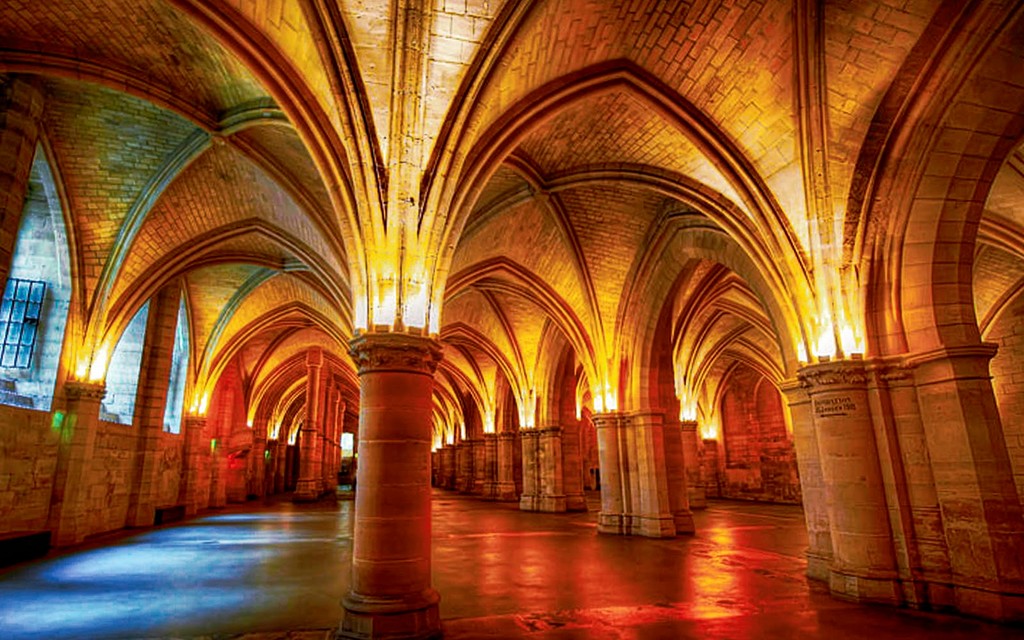
Conciergerie (Source: Google Maps)
The Conciergerie, part of the former royal palace, is a significant historical site that reflects both medieval and revolutionary Paris. Originally built in the 14th century, it served as a royal residence before becoming a prison during the French Revolution. The medieval architecture features impressive vaulted ceilings and stone walls, which have witnessed countless historical events, including trials and imprisonments of notable figures. The Conciergerie is renowned for its role in the Revolution, where many prisoners awaited trial, including Marie Antoinette. Today, it stands as a museum, offering insights into its tumultuous history and the architectural grandeur of its medieval past.
La Sainte-Chapelle
This Gothic chapel is renowned for its stunning stained glass windows and is a masterpiece of medieval architecture.
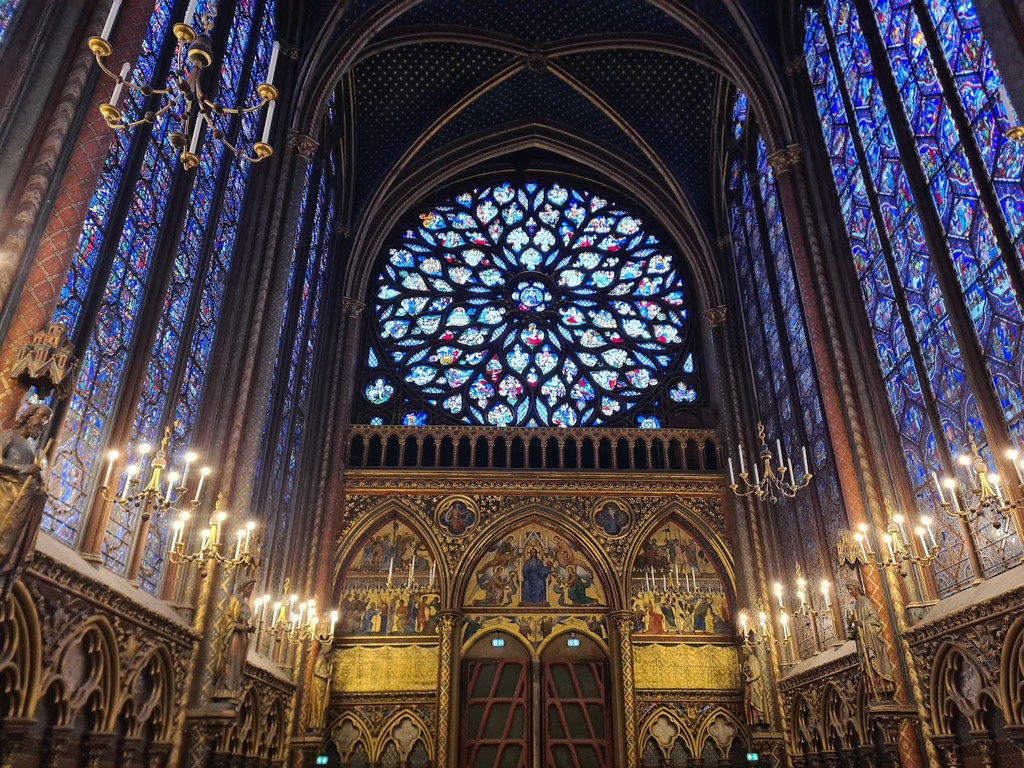
La Sainte-Chapelle (Source: Google Maps)
La Sainte-Chapelle is a masterpiece of Gothic architecture, built in the 13th century to house precious relics, including the Crown of Thorns. Its most striking feature is the stunning stained glass windows, which depict biblical scenes and stories, creating a kaleidoscope of colors when sunlight filters through. The chapel was commissioned by King Louis IX and is considered one of the finest examples of Rayonnant Gothic architecture. The intricate details and craftsmanship of the windows are remarkable, with over 15 panels reaching up to 15 meters in height. La Sainte-Chapelle's historical significance extends beyond its architectural beauty; it was a symbol of royal power and devotion during the medieval period.
Île de la Cité
As the historic heart of Paris and home to many medieval landmarks, Île de la Cité is a fitting conclusion to your exploration of the city's rich past.
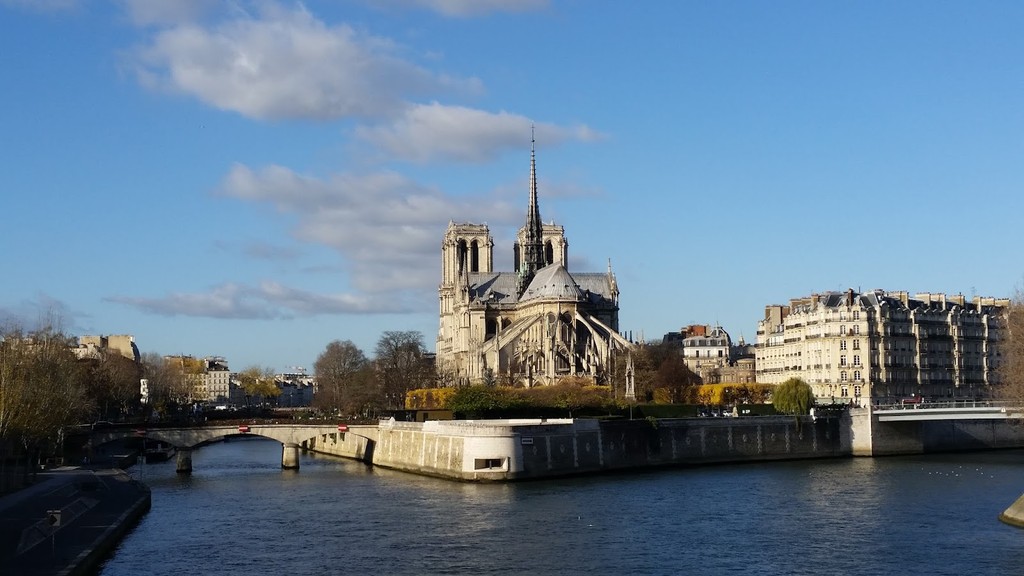
Île de la Cité (Source: Google Maps)
Île de la Cité is the historic heart of Paris, a small island on the Seine River that is home to many of the city's most significant medieval landmarks. This island has been inhabited since ancient times and was the site of the Roman city of Lutetia. It is home to the iconic Notre-Dame Cathedral, Sainte-Chapelle, and the Conciergerie, each showcasing the architectural styles and cultural significance of their respective periods. The Île de la Cité has played a central role in Paris's history, serving as a religious, political, and social hub throughout the centuries. Today, it remains a vibrant area, attracting visitors who wish to explore its rich heritage and stunning architecture.
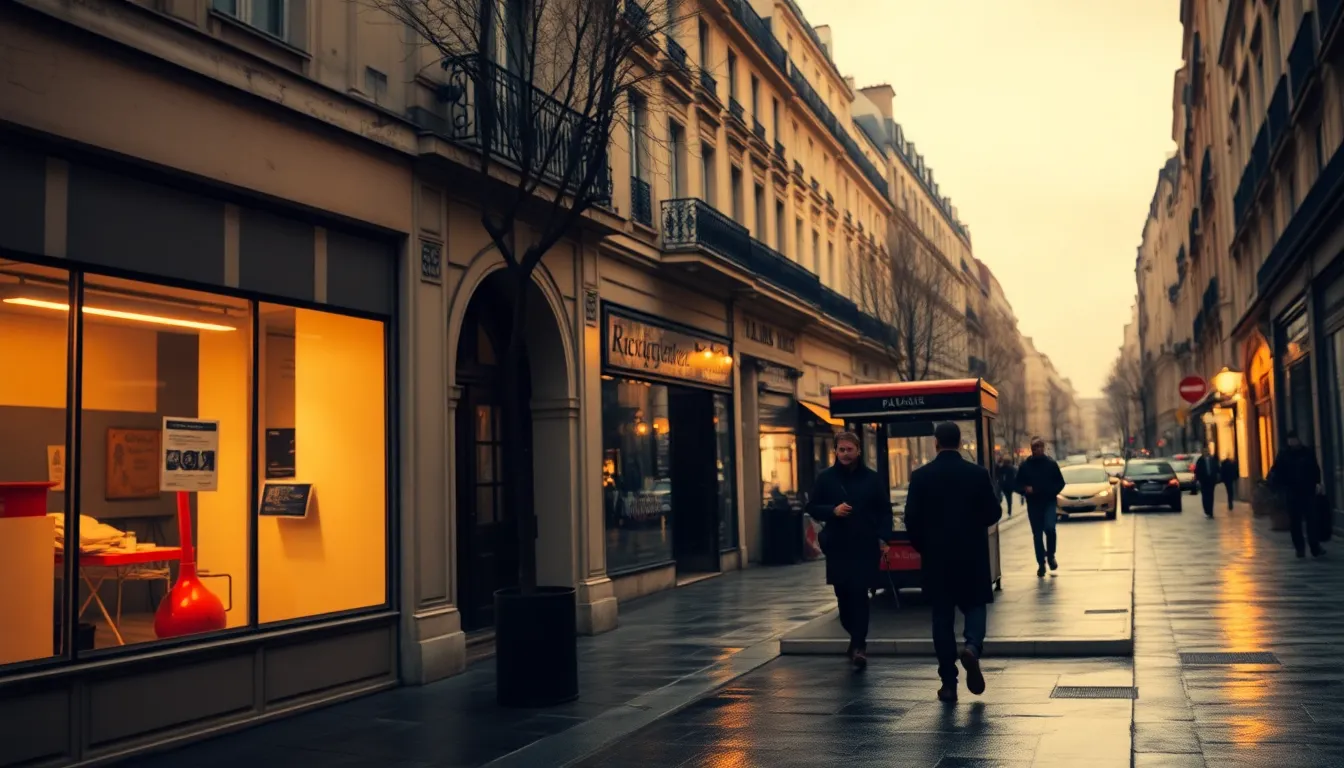
Your travels, your rules.
Create your own Free Walking Tours.
Set your preferences, distances and anything you want to do or see.
Completely free, no payment required.